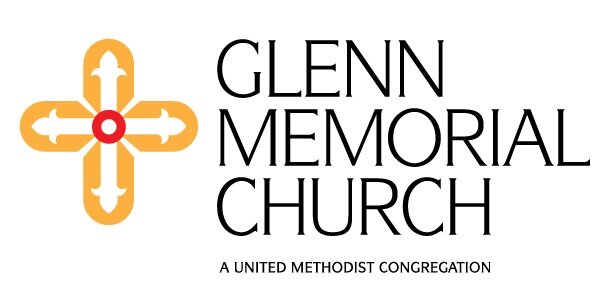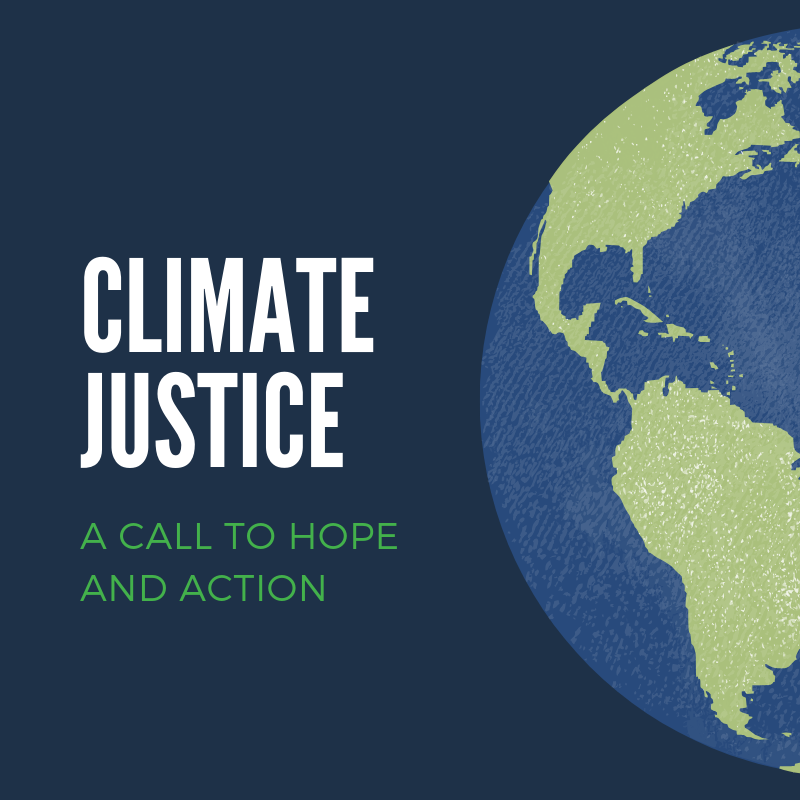As we journey through Lent towards Easter and Earth Day, we hope that these words may enlighten or speak to you in some way. This column will be presented weekly.
In 2016 the United Methodist Women commissioned the publication of the book Climate Justice: A Call to Hope and Action, an illuminating and wide-ranging look at an issue they had been studying for several years.
“And God saw everything that God had made, and indeed, it was very good.” - Genesis 1:31a
When a young man set sail from the coast of Virginia as a seaman in the United States Navy, he watched the shoreline fade and the horizon dominated by the Atlantic expand, as his ship headed to the Mediterranean Sea. He realized that size and depth of the ocean and earth were beyond his comprehension. He had begun his journey toward understanding the interconnectedness of all species living in water and on land.
That sailor, I. Malik Saafir, author of Chapter 3, “What is Climate Justice? Why is it a Religious Issue?” helps us think through the reasons why climate justice is a religious issue. (Malik Saafir is president of the Janus Institute for Justice, a director of the Arkansas Interfaith Power and Light, and Green Faith.)
“As a sailor, I also witnessed how we shared the sea with other animals and marine organisms, as well as our continued destruction of the ocean’s ecosystem from pollution. Each day at sea, I saw plastic and other non-biodegradable trash floating in the ocean . . . My professional responsibilities on board the ship granted me the unique opportunity to daily witness life out at sea. The recurring theme of beauty, complexity, and awe became an integral part of my experiences as a watch and helmsman on board the ship.”
After his naval career, Saafir lived in Virginia Beach, where he was troubled by the commercial industries that lined the beach, and the trash and waste that accumulated. He began to understand linkages between consumer choices and environmental toxins released in communities located near fossil fuel, chemical, and manufacturing plants locally and globally. “. . . I became overwhelmed by my moral responsibility to care for the poor. I joined the climate justice movement to work with the poor to end the unprecedented impacts of pollution and natural disasters on vulnerable communities throughout the world.” He reminds us that we are planting seeds of climate justice when we serve the poor and those that are most vulnerable to the effects of climate change (Matthew 25:31-46).
“The United States has 5 percent of the world’s population but is the second largest contributor of the world’s carbon dioxide emissions after China.” The result is that those who contribute the least amount to the emission problem, are those that suffer the most, especially in disadvantaged countries, with women bearing a disproportionate cost.
This chapter gives us rich new interpretations of the Biblical allegories and parables of Jesus we know well, and may come to value even more, as we strive to become a healthy, worldwide community.
Please visit https://www.unitedmethodistwomen.org/ for more information about the work of the UMW throughout the world. If you are interested in reading this book, please let us know. Copies are available.
Jan Lichtenwalter, Glenn Environmental Committee

